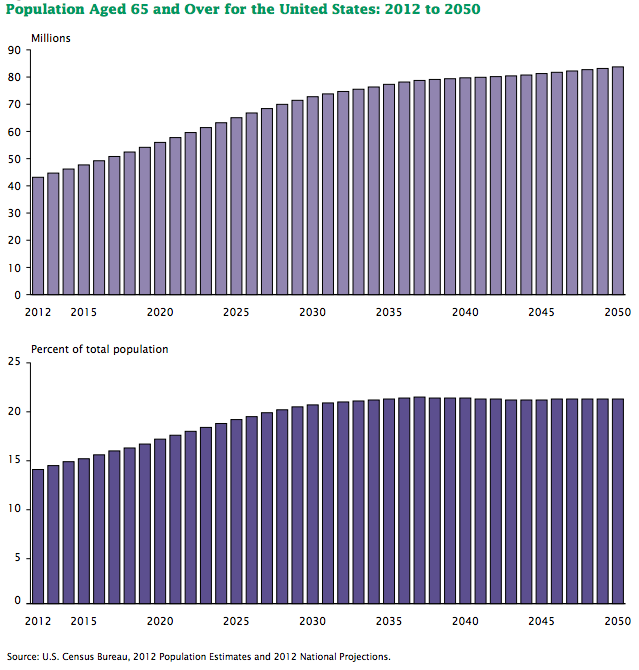America Is About to Get Really Old
The rest of the developed world is about to get even older.


The fact that America is getting older won't surprise you in the slightest if you're familiar with U.S. demographic trends or, more generally, the relentless march of time. What might surprise you, however, is how we stack up against other countries. Here's a look at America's dependency ratio compared with Japan and Western Europe. If you tab over to 2030, you can see the 20-year move. The upshot: Japan isn't just super-old; it's also getting older faster than any developed country in the world. Canada will leapfrog the U.S. in the next few decades to become the oldest country in the Americas, partly thanks to plentiful immigration from Latin American into the U.S. The numbers expressed in the chart below are percentages.